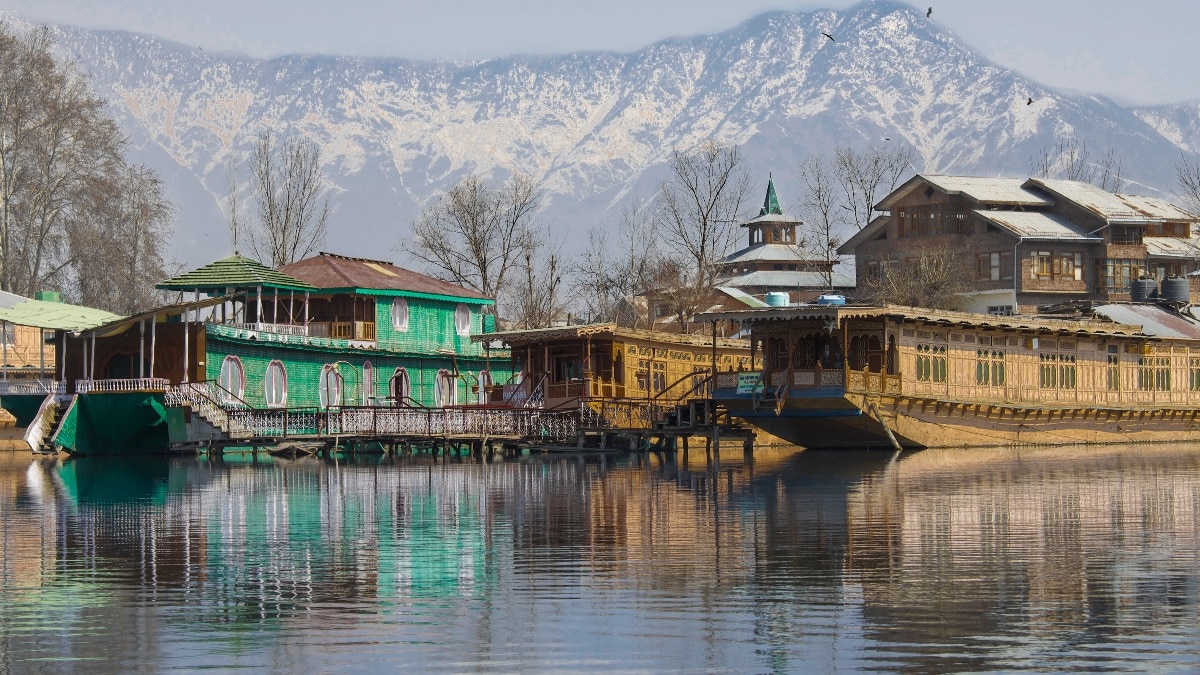
Delhi Shivers, Kashmir Sizzles: Unprecedented January Heatwave Melts Kashmir’s Snowy Crown
Experts link Kashmir’s weather shifts to climate change and global warming, warning of cascading effects on water resources and agriculture.
Srinagar recorded an unusually high maximum temperature of 15 degrees Celsius on January 13, marking the highest temperature for the month in the last twenty years.
The prolonged dry spell amid intense cold has depleted water bodies in the Kashmir Valley, with the weather office forecasting dry conditions to continue until January 25. The absence of snowfall in January has raised temperatures 6 to 8 degrees Celsius above normal across the valley. Despite the warmer days, nights remain freezing cold.
While upper mountainous regions received some snowfall, most plains in Kashmir saw no precipitation this season. In fact, Srinagar’s temperatures exceeded those in many northern parts of India. On Sunday, Delhi recorded its coldest morning this winter at 3.5 degrees Celsius.
Experts link Kashmir’s weather shifts to climate change and global warming, warning of cascading effects on water resources and agriculture.
Mukhtar Ahmed, head of the Indian Meteorological Department’s Kashmir office, told the Associated Press, “We’ve witnessed the winter period shortening due to global warming. It adversely impacts multiple sectors, be it hydroelectric power generation, tourism, or agriculture”.
Snowfall patterns in Kashmir have changed over decades, with increased weather unpredictability. Compared to past decades, snowfall has declined, particularly during ‘Chillai Kalan,’ the harshest 40-day winter period.
No Snow In Chilai Kalan
Kashmir is experiencing an unusually snowless Chilai Kalan this year. The 40-day winter period beginning December 21 is historically marked by heavy snowfall and subzero temperatures.
Kashmir’s winter is divided into three phases: Chilai Kalan is the harshest 40 days when snowfall is heaviest, followed by 20 days of lighter Chillai Khord and 10 days of Chille Bachi.
Farmers, whose agricultural activities depend on winter precipitation, are distressed by the lack of snow. In recent years, some have converted water-intensive paddy fields to fruit orchards due to water scarcity.
The primary water sources for the Jhelum, Chenab, and Sindh rivers in the valley are in the Himalayas, where snowfall has been recorded lower than normal this winter. This scarce snowfall is resulting in reduced water flow in the valley’s rivers, forcing farmers to give up paddy cultivation.
Famed Tourism Sector Affected
Kashmir’s renowned tourism sector is facing disruption due to a lack of snow. The impact is particularly evident at Asia’s largest ski terrain in Gulmarg, which typically attracts thousands of domestic and international tourists for skiing and sledding against its picturesque winter snowscape.
However, the unseasonably dry weather in Kashmir has led to a shortage of snow, disappointing both travellers and tourism operators.
Special Prayers Offered For Ending Dry spell
On Friday, thousands of Muslims in various parts of the region gathered for special congregational prayers, seeking divine intervention to end the ongoing dry spell.
At Srinagar’s Jamia Masjid, the region’s largest mosque, some worshippers, among the hundreds present, cried as they prayed for rain and snowfall. The special prayers, locally known as ‘Istisqa,’ were organised at the Anjuman Auqaf Jama Masjid in Srinagar’s Jamia Masjid after Friday prayers.

